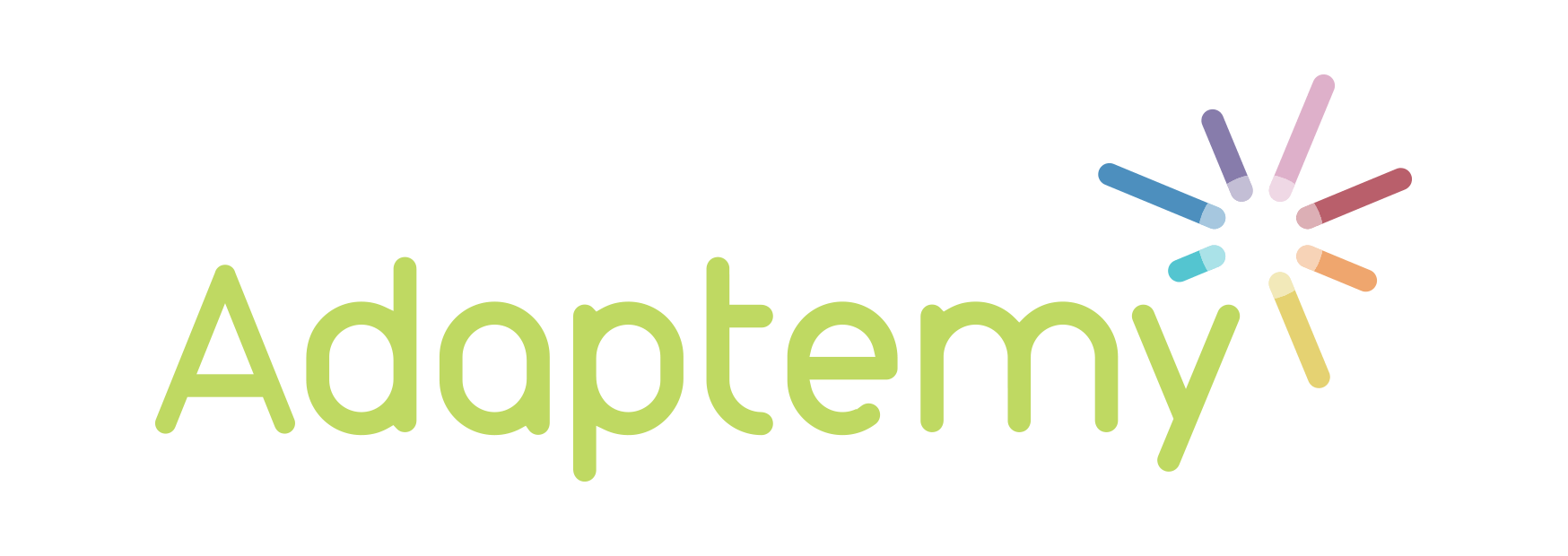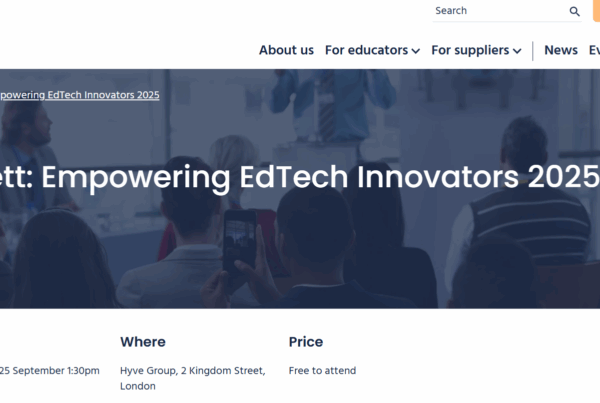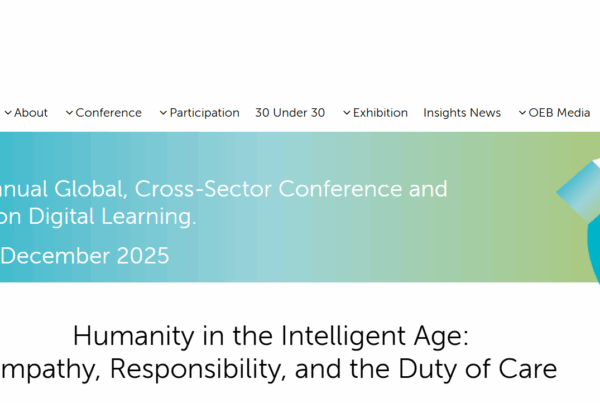
Across the world, teachers use local textbooks in their classrooms. Ostensibly old-fashioned, from an outsider’s perspective, textbooks haven’t evolved significantly in 50 years. It’s difficult to see how they can compete for student engagement when other forms of media are available in today’s world.
The local nature of these textbooks means that opportunities of scale are lost. Due to the small volumes and semi-controlled price point, the ability to invest in these products is restricted. Surely knowledge is knowledge no matter where you are?
Almost every other industry in the world has been disrupted by digital products. Surely the textbook market is an open goal for disruption?
Many intelligent, hardworking and ambitious edtech entrepreneurs have pursued this ‘open goal’. Many have created wonderful products which effectively and efficiently do the job they were created to do.
Many have assembled teams of talented people who have put in countless hours to create, build and deploy solutions across the world to help teachers and students in their lives and study.
Many painful lessons have been learned as few digital solutions have made more than the slightest dent in the dominance of textbooks in the classroom.
What must a digital product do to successfully replace the textbook? What product will work in a classroom when a textbook does the job it’s intended to do? Three considerations shine a light on what the solution will have to do:
Consideration 1: Curriculum not subject
A teacher’s job is to take the children in their classroom through the local curriculum. If, along the way, they can foster a love for the subject, imbed deep learning and understanding of a discipline or spark innovation in the minds of their students, that is great. But these are distant, secondary goals to completing a syllabus and helping students achieve grades on an arbitrary state exam.
Consideration 2: Trustworthy content
The great thing about the internet is that all of the information in the world is at the tip of your fingers.
The problem with the internet is that all of the information in the world is at the tip of your fingers.
Undoing a misconception due to poor pedagogically-designed content is harder to achieve than teaching from scratch, and so good instructional design is of huge importance when forming an understanding of basic concepts in most subjects.
Consideration 3: Hybridity
Textbooks are flexible. Although they provide structure and content, they require no power source or access to the internet. They can be supplemented with other material or activities. Teachers can move through them or adapt the sequence according to their preferences or needs of the class.
Teachers feel comfortable critiquing them, substituting in or out content and adding their own nuanced insights to the medium. The same cannot be said for most digital products where all a teacher can say is “it’s wrong” or “it doesn’t work”.
Textbooks provide teachers with a map, which they share with their students, of how to navigate the year ahead of them. They provide content which is pedagogically sound, tried, tested and rubber stamped by experts, but most importantly they allow teachers to use, supplement and adapt to the personality and creativity of the teacher when guiding their class through the subject.
Textbooks, however flawed and outdated, still provide a valuable tool for teachers in most classrooms around the world. Until edtech entrepreneurs understand this, they will not create successful products for the classroom.
Featured in Education Technology.




